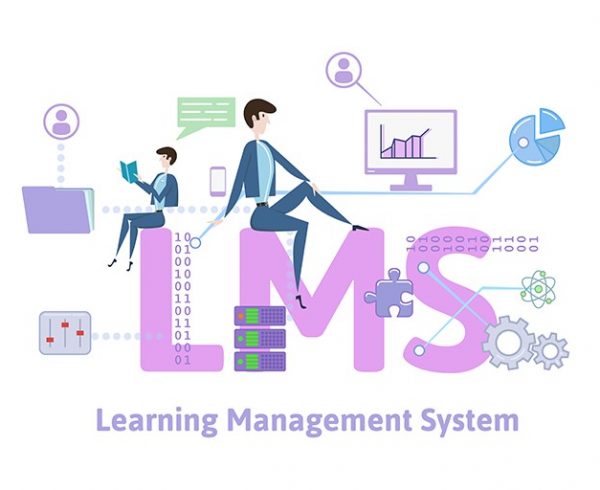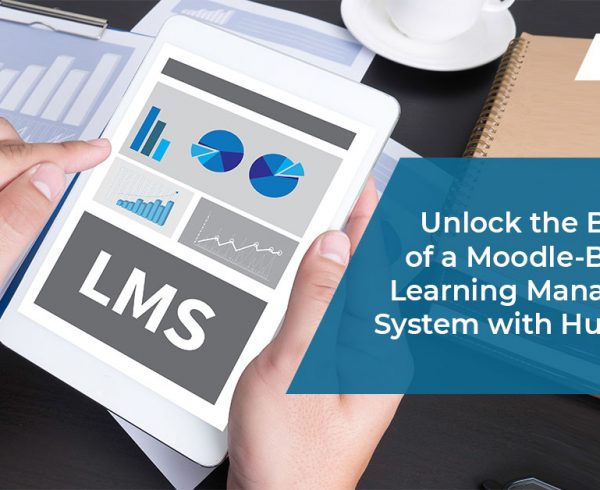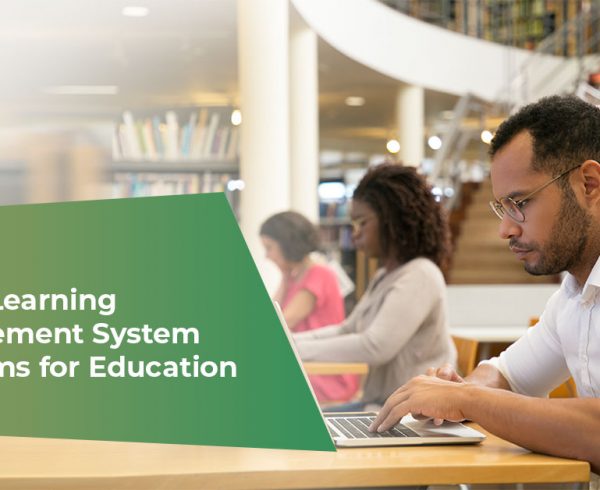The increasing penetration of the Internet and easy availability of smartphones is changing the way we interact, communicate and conduct business. In fact, the Internet and smartphones have impacted every aspect of our lives — and education and training are no exception. More and more people are now accessing Internet on their smartphones, building the case for industries to go mobile. A report by Cisco predicts that global mobile data traffic will grow three times faster than desktop from 2014 to 2019. A few years back, Gartner had predicted that by 2016, use of mobile apps would “surpass that of Internet domain names, making mobile apps the dominant means of engaging with brands”. As of February 2019, mobile devices excluding tablets accounted for 49.73 percent of web page views worldwide.
These trends provide insights into how learners expect to interact with content, setting the stage for mobile-first training delivery to a global audience. Any eLearning content will have a limited shelf-life if it is not accessible on a mobile platform. So, if you are thinking of digitalizing your learning and training courses, consider thinking of a mobile-first LMS platform.
A well-organized training plan requires creating training modules, analyzing their effectiveness and managing the training delivery across geographies. This is where the role of a learning management system (LMS) comes in. An LMS platform provides an organization the perfect learning platform to manage, deliver and track computer-based training and learning for employees, students or customers. With the changing times, the LMS platform too has evolved from a desktop-based LMS to a mobile-first LMS that can deliver online training to your ever-busy workforce, globally, on their mobile devices.
Benefits of Mobile-first LMS Platform
Access content, anytime and anywhere: As businesses become more competitive, it becomes imperative for organizations to provide content to their workforce anytime, anywhere, to close a deal or perform a job. This holds true for workforce that is constantly on the move and needs immediate access to vital pieces of information. Also, since they have small windows of time available to them between their hectic schedules of appointments, travel, and commute, they seek just-in-time learning, targeted and distilled information, and the ability to learn when it is convenient for them. In other words, they seek an informal learning environment that does not take them away from action. Smartphones are able to provide learning or support opportunities in a way that doesn’t force end-users to be present at a particular location, for example, at their office desk or classroom. Therefore, mobile learning reduces a significant obstacle to learning and performance improvement.
- Access Updated Content: In the ever-changing technological landscape, companies need to continuously upgrade their skills and capabilities to survive. This means that they have to regularly update their training content. A cloud-based, mobile-first delivery platform allows organizations to update their content in easy steps and make it mobile-ready for anytime, anywhere consumption.
- Provide Mobile-ready Content to a Global Audience: As the world becomes more globalized and companies expand their business footprints across geographical boundaries, they need to ensure that their content is available to all their employees. A cloud-based LMS solution allows employees worldwide to login to the system and access the content. Needless to say, this also translates in cost savings for the company in terms of travel and accommodation costs. Besides, it also saves time leading to increased productivity.
- Customized Learning: Given that end-learners can access content anytime, anywhere, spend as much time as they want to grasp concepts, or revisit previous learnings, mobile-first LMS allows personalized learning. In other words, learners take control of their learning by proceeding at their own pace.
- Allows for Blended Learning: Mobile-first LMS are not restricted to the mobile, in fact, the learners can also access the delivery platforms on their desktops or laptops in physical classroom settings. This enables them to interact with their team for brainstorming and an instructor to clarify concepts. So mobile-first delivery platform offers the learners the best of both the worlds – the opportunity to charter their own learning path and interact with peers to exchange information.
- More Immersive Learning Experience: Mobile-first LMS platforms allow for a rich use of media formats including videos, books, abstracts, podcasts, quizzes/assessments, flashcards, quick tips etc., to make the learning more relevant, interesting, contextual and immersive. Course content is generally broken down into small nuggets that are complete in themselves and are available for consumption while on the move. Besides, they also include quick navigation with easy-to-use interface to allow users to navigate easily through the course. Besides, content can also be linked to allow learners to navigate to external sites for more information.
- Ensures Higher Completion Rates: Studies reveal that course completion rates are higher through a mobile app. This is because the course content, as said above, is in the form of small, easy-to-digest nuggets and more relevant to the end learner’s knowledge requirement. Secondly, mobile learning allows learners to proceed at their own pace. It is generally observed that with busy schedules, employees find it difficult to set aside time to upgrade their skills. Mobile learning unfetters them from the bounds of time, allowing them to learn when they want. This ensures higher completion rate of the training course. Besides, a mobile-first LMS platform also allows learners to assess their own performance, course correct and improve their learning outcomes.
Conclusion
In the age of smartphones, it becomes imperative for organizations to evolve their training landscape and provide their content ready to use on mobile apps. A mobile-first LMS platform allows companies to create, organize and store their content on the cloud and make it accessible to learners across the globe on their mobile phones.
Hurix Digital provides you all the support you need to go mobile with your learning. Using our proprietary LMS solution, you can plan, implement, facilitate, assess, and monitor the learning of your employees. The software centralizes course preparation, training content, and resources. It enables the delivery and tracking of employee activities. All of these activities are conducted in a personalized environment that provides authentication, security, and privacy. Our mobile-first LMS solution is designed to help your workforce maximize productivity and minimize downtime; and access formal learning content, reference or performance support content while on the move.











